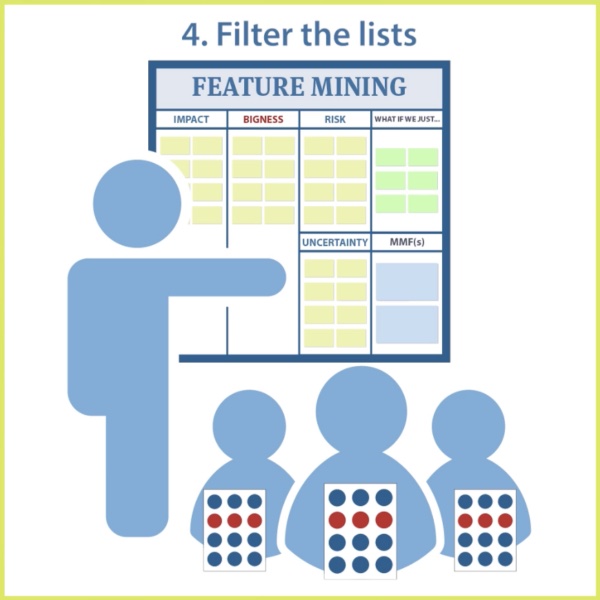
It’s been a trope in action movies forever…
Leader: How long is it going to take to solve this problem?
Technical Expert: At least 2 days because blah, blah, blah
Leader: You have 1
Then, of course, the expert and collaborators somehow make it happen and save the day.
Meanwhile, the leader thinks, “See, these technical people are always overestimating and working more slowly than they need to. They just need an inspirational leader like me to give them an ambitious goal so they can really get stuff done!”
Never mind the burnout, stress, and cut corners left in the leader’s wake.
Sadly, this story doesn’t just play out in action movies.
We see the pattern in business all the time. A software team estimates an initiative will take two months to complete. Their leader insists it has to get done in one month to meet a customer commitment. The team agrees—despite nothing actually having changed about how big the work is. There’s been an estimate and a demand but no explicit change to scope.
Do teams overestimate sometimes? Does work expand to fill overly large estimates, as Parkinson’s Law suggests? Sure.
Are there genuine time constraints that require hitting external deadlines? Of course.
But the estimate plus demand pattern isn’t a productive way to address those realities.
What to Try Instead
If you’re on the estimator side of the equation, the first move is to discern whether your leader thinks your estimate is wrong or just doesn’t like the implications of it.
If they think the estimate is wrong, one line of questioning you can explore is:
-
You: “Is there any theoretical amount of work that you can imagine that would be too much to get done by that deadline?”
Leader: “Sure, but I don’t think this too much.”
You: “Ok, what’s a method we could use that would help us determine if a particular amount of work fits in a particular timeframe?”
And then you can have a conversation about the estimating approach and what you collectively do with the information that comes from it.
If on the other hand, they accept the estimate but don’t like it, you can suggest, “Let’s dig into what’s behind that deadline to see if we can find an option that fits.” And then you can use something like our Feature Mining approach to focus on the most important work that’ll fit.
If you’re on the leader side, treat an estimate as one component of a larger conversation about maximizing value by a given deadline. Suppose the estimate is higher than you expected or higher than you would prefer. You can ask questions to surface assumptions. You can offer more information in places where you know something useful the estimator doesn’t. And then you can work together to find the right scope that does fit the deadline or budget you have in mind.
Learn More
 Learn more about our approach to Feature Mining and the breakthrough approach to estimate complex backlog items in our new self-guided 80/20 Product Backlog Refinement course (planned release: November 14, 2023).
Learn more about our approach to Feature Mining and the breakthrough approach to estimate complex backlog items in our new self-guided 80/20 Product Backlog Refinement course (planned release: November 14, 2023).
Be the first to get access to 80/20 Product Backlog Refinement by taking advantage of our special pre-order rate of $129 through Nov 10, 2023. Learn more here or click the button below to purchase now!
The usual practices we see teams using to break down features often (unfortunately) ends up in task-oriented features, or horizontally sliced efforts that really don’t result in a MMF. Feature Mining, as taught in this course, is a refreshing alternative that walks you through designing an outcome-focused feature. Why have I not seen this until now?? I love this method of breaking down large work and am looking forward to using it with both work and personal projects!
There is so much here I can bring back to my teams and POs to make our jobs easier!
This course has practical content to apply right away.
Last updated